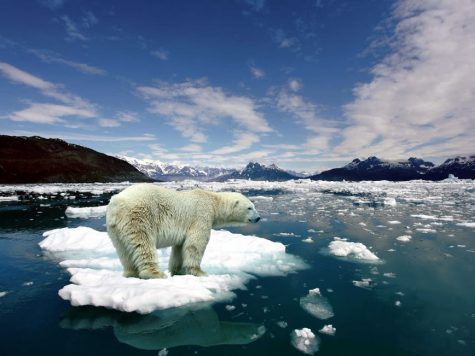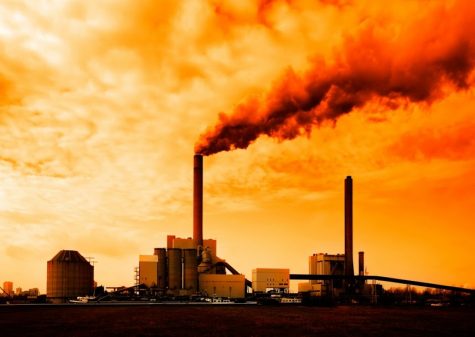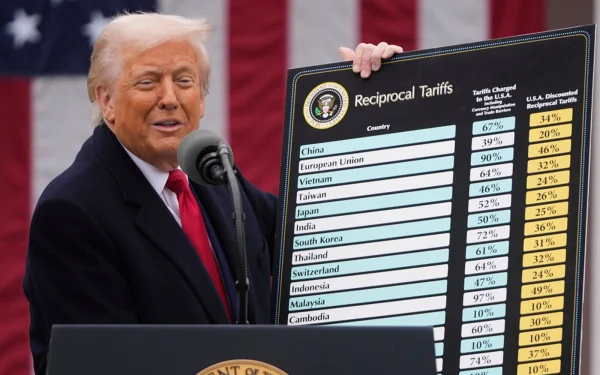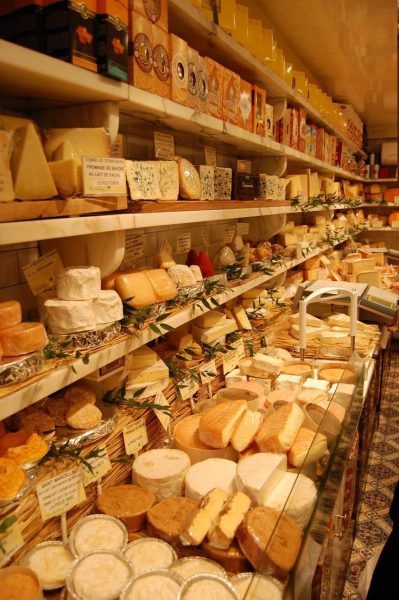Warning: Global Warming
California is no stranger to climate change. We’ve recently pulled through a four-year, record-shattering drought—proof enough that the earth is, in fact, warming. The El Niño winter was a lifesaver, bringing much-needed rain and snow, but it barely exceeded average and the situation is still grave. Groundwater levels throughout California remain at a critical low; unless we keep getting El Niño rain and snowfall in the near future, the drought will be back with a vengeance. Unfortunately, the drought is only one symptom of climate change. Therefore we can only stop the drought by solving global warming.

To explain how climate change occurs, scientists like to use the metaphor of a greenhouse. The building’s glass walls do two things. First, they allow sunlight in, which warms the air. Secondly, the walls trap the warm air in the building, creating a humid environment in which plants thrive. This analogy can be applied to Earth’s atmosphere. The atmosphere contains a layer of gases that perform two key functions. The first is filtering solar energy: blocking the sun’s deadly radiation while absorbing the heat needed for life. The second job is to keep this heat from leaking back out into space. This is achieved by “greenhouse gases,” primarily carbon dioxide, methane, and water vapor. They form a second layer in the atmosphere, blocking a large part of the heat from being reflected back out to space. The result is a warm bubble around Earth that keeps the planet at just the right temperature. Without this “greenhouse effect,” life on Earth could not exist.
The problem is, humans are messing with nature’s fragile balance. Nearly 98 percent of meteorologists and climate scientists agree that the catalyst for global warming is pollution. When factories and cars burn fossil fuels like coal, oil, and natural gas, carbon dioxide is the primary waste product. It is released into the air in vast quantities, adding to the buildup of greenhouse gases in the atmosphere. The effect is like throwing another blanket on the bed; this excess of carbon dioxide traps so much heat that it smothers the planet. This in turn sets off a chain reaction of devastating repercussions to the environment.
One of the most conspicuous consequences of climate change is melting ice. Warmer air temperatures cause both land and sea surfaces to heat up, which leads to the melting of polar ice caps, glaciers, and sea ice. When this global melting occurs on a large scale, the surface of the Earth as a whole becomes darker. As a result, the planet reflects less solar energy and absorbs more, getting hotter and hotter. This causes more melting, which in turn results in more warming, and the ceaseless cycle continues.
Warmer air temperatures also cause sea levels to rise in two ways. The first is when land ice melts and flows down to the sea. The second reason is that warm air produces warm water, and water expands when it heats up. Therefore in a hotter climate, Earth’s oceans would take up more space.

According to National Geographic, Earth’s oceans are currently rising about an inch every eight years, and that rate is accelerating. If all Earth’s land-based ice melted, the sea level would rise 216 feet around the world. America’s entire Atlantic coastline would vanish, along with the whole Florida peninsula and the Gulf Coast. The ocean would swallow New York, Boston, Chicago, New Orleans, and Washington D.C.
Possibly the worst effect of climate change is extreme weather events. Global warming doesn’t just make the climate drier; it causes greater extremes on both ends of the spectrum. Warmer seas result in massive hurricanes like Superstorm Sandy, which devastated the Northeast in 2012 and killed more than 200 people. Hotter air also causes more evaporation, adding more water vapor to the air. The atmosphere can only hold so much, and any excess humidity comes pouring back down in the form of rain or snow. This explains why last winter, the Northeast suffered a string of deadly snowstorms while California suffered through the worst drought on record.
The fundamental root of all this is warmer air, which is caused by carbon emissions. Though climate change is a complex issue, the solution is simple: decrease our carbon footprint. As climate scientist Alice Bows-Larkin puts it, “This is a really difficult message to take, because what it suggests is that we really need to do things differently.” For a high school student, that could mean carpooling to school to spare the air, or even getting up ten minutes earlier to walk. We have a choice; to either face the problem and work to solve it, or keep ignoring climate change and suffer the consequences. But the choice that we don’t have is a future without climate change.





